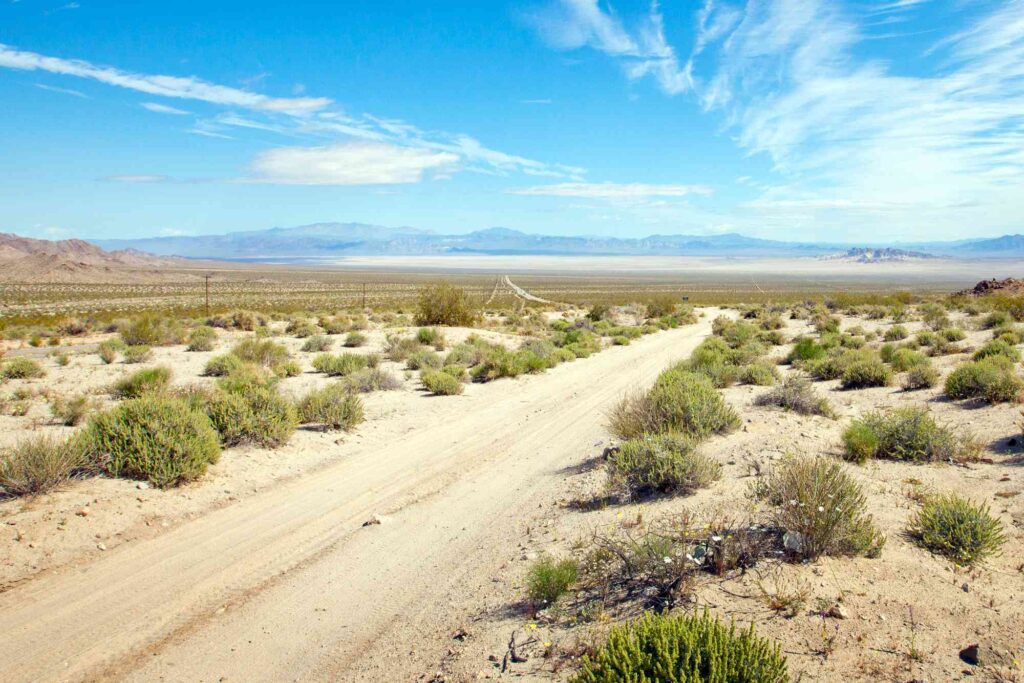Southern California has experienced a series of over 277 aftershocks following a magnitude 5.2 earthquake that struck on Tuesday. The aftershocks, including more than two dozen of magnitude 4.0 or greater, have raised concerns, but the likelihood of a larger, more destructive quake remains low, according to the U.S. Geological Survey (USGS).

“Seeing a lot of these smaller events that slow over time is very normal,” explained Ole Kaven, a research geophysicist with the USGS.
The initial quake, along with the swarm of aftershocks, occurred in farmland about 90 miles northwest of downtown Los Angeles. Although the tremors did not cause significant structural damage, they did prompt the Los Angeles Fire Department to activate its emergency protocols, including land, sea, and air surveys to assess potential impacts.
The main earthquake struck at 9:09 p.m. PDT on Tuesday while the Los Angeles Dodgers were playing a home game. Spectators and residents across the region felt the tremor, but there was no immediate panic or significant damage reported. The shaking was followed by a series of smaller aftershocks that rippled through the San Joaquin Valley.
This seismic activity is attributed to an unknown fault located approximately 20 to 30 miles west of the San Andreas Fault, a well-known earthquake-prone area. “It’s a known area for earthquakes,” Kaven stated, emphasizing the natural seismic activity in the region.
The earthquake’s strength was sufficient to trigger California’s Earthquake Warning System, which issued alerts several seconds before the quake hit. The system successfully sent a loud, strident warning tone to users who had the MyShake app installed on their smartphones.
Although a magnitude 5.2 earthquake might seem substantial, quakes between 2.5 and 4.9 typically result in minor or no damage, as was the case with this event.
Renowned seismologist Dr. Lucy Jones, a key figure in earthquake preparedness in California, took to social media late Tuesday to clarify the situation. She noted that the quake’s epicenter was near, but not on, the White Wolf Fault, the site of a major earthquake in 1952. “It did not appear to be on that fault,” Dr. Jones confirmed.
The series of earthquakes has reignited public interest and concern about seismic activity in California, a region long known for its earthquake potential.
The last significant earthquake in the state occurred on July 4, 2019, when a magnitude 6.4 quake struck the Ridgecrest area. It was followed by a more powerful 7.1 magnitude tremor on July 5, causing significant damage and shaking felt across the region. These events reminded Californians of the ever-present risk of major earthquakes in the state.
Credit: usatoday.com



